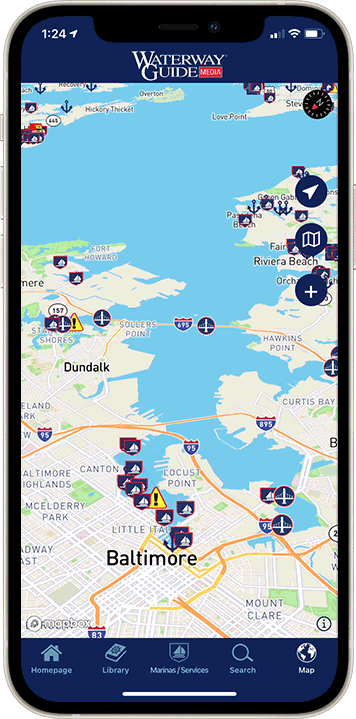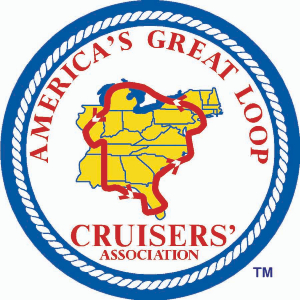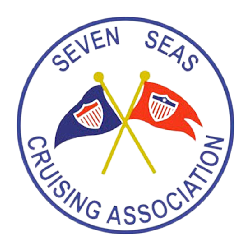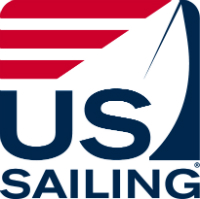In the last Commodore's Corner segment, Vincent Pica gave us some great advice for ensuring our trailers and vehicles were up for the job, as well as some additional tips on the process of trailering. Now, he's back with some best practices for navigating the boat ramp.
OK, we got you from the water to the trailer with the last column on this subject. Now, you say to yourself, "What do I do, now?" Here it is.
Safety First – Followed by Courtesy!
Whether you are taking the boat to the marina or back to your driveway, the process is largely the same. First, once you get to the ramp area, pull over to the side and start the check-out process. By doing this away from the ramp, you don't needlessly tie it up and engender the "ramp rage" of all the other skippers. What should you check/do?
- If you just drove to the marina, walk around the boat and make sure nothing untoward happened while you were taking her over the road; if it is time to take her home, double-check any straps you put on her while on the ramp.
- When on the road, hopefully your engine's lower unit was supported underway by a support strut. Putting her in the water? Remove it so you can lower the prop – but don't lower the prop until you have her in the water! If it is time to take her home, raise the engine before taking her away from the water and then re-install the support strut – away from the ramp.
- Putting her in the water? Remove all the tie-downs and straps holding your boat to the trailer – but not the winch strap attached to the bow-eye. That is last and final thing you do prior to turning over propulsion of the boat to her own engine (more below!) If it is time to take her home, do the reverse!
- Putting her in the water? Is the drain plug in? Now is the time! Also, disconnect the trailer lights too! No sense shorting out your tow vehicle's electrical system or cracking a hot bulb with cold water. If it is time to take her home, be sure to get that drain plug out, stored in a safe (and easy to remember) place. Get those brake lights re-plugged in!
- Putting her in the water? Don't forget to attach a line to the bow and another one to the stern – of adequate length that you can control the boat, as she floats off the trailer, from the dock. I have seen boats float away from guys that didn't have lines attached! Lines of this function are called "painters";
- Putting her in the water? Most importantly, give the ramp itself a quick "once-over." Look for anything which will impede traction – algae, small stones, "pot" holes, etc. Once you start towards the ramp, you are only holding the boat on the trailer by the bow eye. Anything which causes sharp shifting of the boat can be quite problematic! If it is time to take her home, it is likely that the ramp is already wet and thus slippery. Before you back the trailer down, be as sure as you can be that you can get back up once you add several thousand pounds of boat on the trailer.
As noted, head towards the ramp slowly. If you have a crewman, have him or her stand alongside the ramp itself and give you advice and guidance as you start to back the trailer down the ramp. There are as many "rules of thumb" about what happens next as there are skippers but these are, I feel, the soundest.
Don't Let Her Get Away From You!
- Back the trailer down the ramp until the rear tires of the trailer (not the tow vehicle!) are mid-way in the water;
- The boat should, in theory, have enough water under her that she will float free with a little help (more below); so, get out now, give her the "once over", then lower the engine's prop/lower unit so that the prop is properly positioned for powering the boat;
- Release the bow-eye from the winch strap;
- Make sure that your crewman has those two painters in his or her hands; once that boat floats off the trailer, someone "on the hard" needs to control her or she'll float away with the wind. (Once the "ramp-vultures" stop laughing, they will get a boat and help you retrieve her.)
- Now here is the tricky part. Before you get back in the tow vehicle, you ought to put chocks behind the rear and front tires. But, once you do, you cannot assist in the launch of the boat from the trailer by giving her a little "oomph" with the engine of the tow vehicle and your brakes. But you might not be able to get her off the trailer otherwise – unless you really back down to the point that the front tires of the trailer are well in the water – and that can be problematic when you have to drive back up a slippery ramp that you are now well down. So, what to do?
- Use some judgment. Get a feel for the traction of the ramp, the angle of it versus the depth of the water at its foot and the actions that other skippers took ahead of you… You certainly don't want to have your tow vehicle get stuck on the ramp or, worse, end up in the drink. But you do want to go boating. Use some judgment.
- So, now that the engine is in the water, and you've checked for fuel smells/run the blower, start the engine and back the boat off the trailer; have your crewman bring her alongside dock or bulkhead by using the bow and stern painters, and wait for you.
- If you still have gear to load from the tow vehicle to the boat, drive the tow vehicle off the ramp (allowing others to use it) and then transfer the extra gear.
Well, you've done it!
After a day of boating, as noted above in several places, getting her back on the trailer and home is basically the reverse of the procedures above. But be cognizant that the wind and water depth are different then when you put to sea, that the ramp may be more slippery as wet boats have been hauled up the ramp all afternoon and that the boat itself may have picked up some hitch-hikers – algae, seaweed, etc. Use some judgment.
And don't forget to empty the bait well. Phew, what a smell by next weekend!
If you are interested in being part of USCG Forces, email Vincent at [email protected] or go directly to the US Coast Guard Auxiliary "Flotilla Finder" at http://www.cgaux.org/units.php












